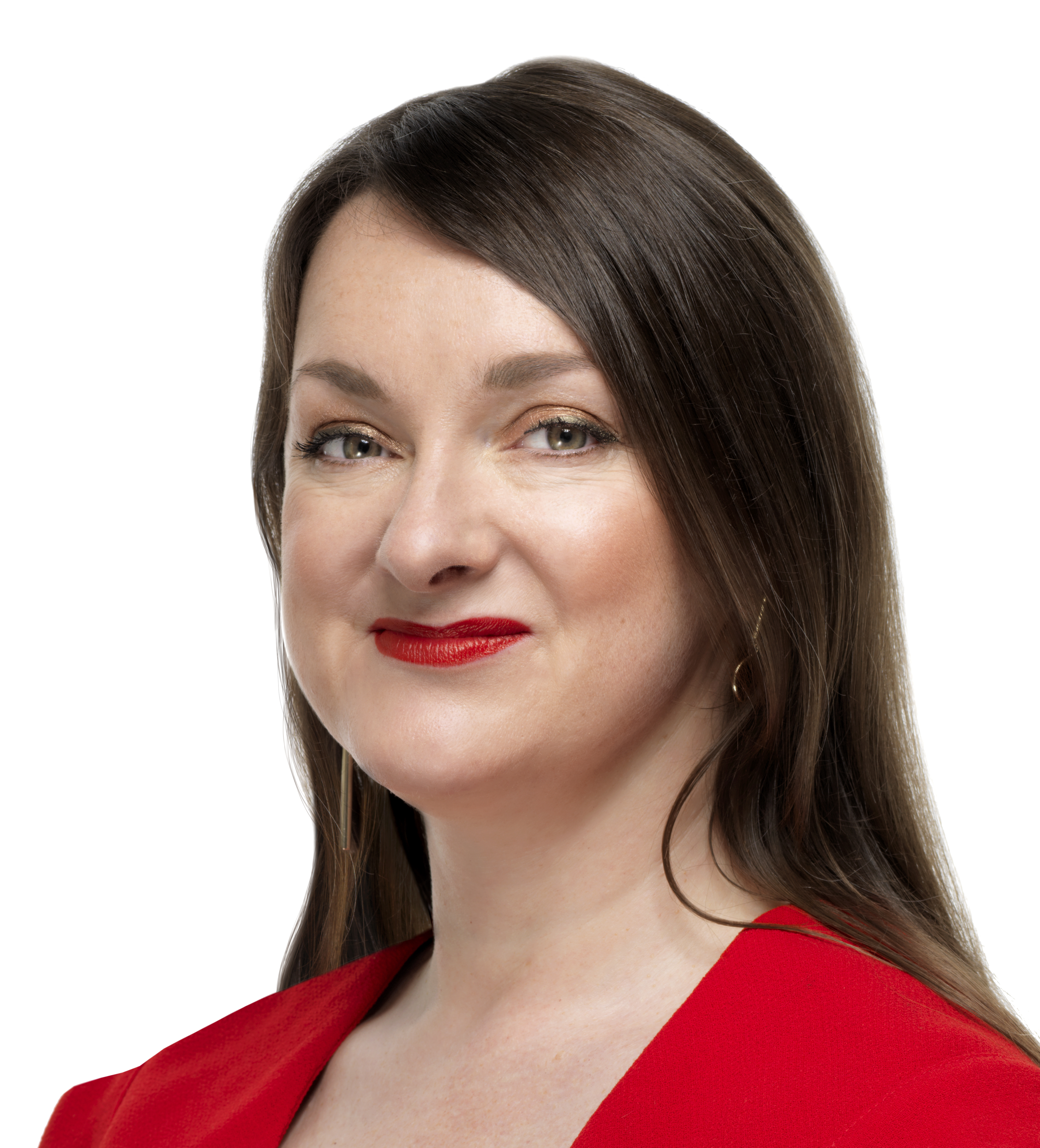The 'Gender Say Gap': 5 Ways to Identify the Gap and Champion Change
By Claire Mason
September 2019
Earlier this year, Claire Mason, the founder and CEO of the U.K.-based consultancy Man Bites Dog, visited PRSA’s offices to discuss her research on the “Gender Say Gap.” This article is based on her presentation to PRSA staff members.
The United States will soon celebrate 100 years of the women’s vote, and there is a powerful legacy of #MeToo. In the U.K., we have witnessed the rather shocking results of mandatory Gender Pay Gap reporting.
But all of these milestones are just symptoms of a much bigger issue at play: the “Gender Say Gap,” which is the invisibility of women and other diverse groups in business and in public life.
A quiet revolution has begun. Women have outnumbered men in many high-status professions. We are already more likely to hold a degree (36 percent of women vs. 28 percent of men in the U.S.) and, this year, women will make up 56 percent of students on U.S. campuses. In the U.K., women are one-third more likely to enroll in a degree program than their male peers are.
We are disproportionately the experts in the room, but the absence of women’s voices, ideas and insights is the elephant in every room:
- In the newsroom, women write and feature in just a fraction of the news. U.S. newspapers feature men four times more often than women, and when it comes to business news, women feature just 15 percent of the time.
- In the conference room, male speakers outnumber women 4-1 and male panelists outnumber women 2-1. (This number rises to 4-1 in tech and venture capital.)
- In the boardroom, we are still not achieving the modest target of 30 percent of women on boards.
- In the director’s chair in advertising and in Hollywood, we are just one in 10.
In a world where Hollywood’s leading ladies lack gender parity of dialogue — yes, even in “Frozen” and “The Hunger Games” men get more lines — what are we teaching the next generation about a woman’s right to speak?
There is a gaping diversity disparity between what corporate leaders are telling us about diversity and inclusion in terms of their strategy, their culture and their talent pipeline, and what they are showing us in the lack of diversity in the executives and subject matter experts they put forward to represent them.
And this invisibility really matters, because women can’t be what we can’t see. Only one in 10 U.S. adults can name a famous woman working in technology.
Our invisibility translates into women being less than one in five of the technologists shaping our world and less than one in 10 of its leaders. It’s the same in science, engineering and the built environment. And we are not only underrepresented; we are also underfunded. Female founders received less than 2.2 percent of total VC investment in the U.S. last year. We can only imagine the innovations that humanity will miss out on as a result.
We’ve learned that we need to lower our tone to make voice assistants like Alexa work because AI was trained on male voices. This might seem trivial, but a man-made world is a serious business. Caroline Criado Perez’s new book “Invisible Women” proves that assuming a white man is the default human is killing us, because items from heart drugs to cars are only safety-tested on men.
As the leader of a thought leadership consultancy, what I notice every day is the absence of women as thinkers and, even more so, as media spokespeople and speakers for their organizations. We need diversity of ideas to solve the existential challenges facing people and the planet. We have a tremendous opportunity right now to unleash the power of diverse thinkers and speakers for the benefit of their organization and society.
Look around you at the thinkers and speakers for your organization. Do they reflect your client base? Do they reflect your workforce and the future workforce you want to recruit? You have a tremendous opportunity to accelerate change right now by making diverse experts more visible.
Here are five ways to help champion change:
1. Audit your gap.
Whether you are a consultant or part of an in-house team, assess the corporate brand, marketing and PR footprint of an organization to compare the diversity of its public profile with the diversity of the workforce and client base. Benchmark the Gender Say Gap and diversity ratios against competitors and aspirational peers.
2. Consider an expert development program.
Why not develop a program to build the confidence and capability of experts from a range of diverse groups and inspire them to step forward as brand ambassadors for your agency or client company? They can help tackle the root causes of the Gender Say Gap and train the next generation of thinkers and spokespeople.
3. Utilize expert knowledge.
There are many senior women within public relations, communications and marketing, across all industries, whose capabilities as expert spokespeople on a range of sectors are often overlooked. They have a variety of subjects they can talk about in addition to public relations.
4. Say ‘no’ to all-male panels.
As the reputation gatekeepers, PR professionals have the power to say “no” to content and events that are not diverse. Proactively offer spokespeople from diverse groups within your agency and your clients’ businesses to restore the balance. The media is becoming more self-aware and starting to analyze the diversity of their editorial subjects, their op-ed authors and the subject matter experts they are using to produce their content.
5. Be bold.
Companies can set business and brand targets to narrow their Gender Say Gap, and ensure the diversity agenda is sponsored at the highest level. And if you’re on the agency side, then you can set the goal of closing the Gender Say Gap and championing diversity in all your client communications.



